In winter and early spring, Estonian waters host about 600-1000 Steller’s Eider and offer the best possibilities in Europe to spot them. In Early spring they come closer to shore and are easier to see. At the same time woodpeckers, owls, and forest grouses are getting more and more active. For Western Capercaillie, Black Grouse, and Hazel Hen the lekking period is just starting and they are more visible. Owls have started hooting to declare their territories and woodpeckers (7 woodpecker species are possible during the tour!) are drumming. This guided nature tour targets all the aforementioned species and more in the period of just 6 days.
If you wish to look for these species on your own in your own tempo, then try the Smart-Guided Steller’s Eider Weekend Tour.
Overview
The ice-free waters of the Baltic Sea are also a good location for several arctic breeders, such as Long-tailed Ducks, Smew, Bewick Swans, Whooper Swans, Greater Scaup, Goldeneyes, Common and Velvet Scoters, Goosander, and Red-breasted Merganser among others. White-tailed Eagles patrol the coastlines and can even be seen dozens of kilometers inland during the winter. It’s also a great time to spot Snow Buntings, Common Redpolls and during some years also Arctic Redpolls. What else makes Estonia stand out is the distance between varying habitats, it takes just 10 minutes to drive from one of the best migration hotspots in Europe to an old-growth pine forest, where Western Capercaillie and Hazel Grouse can be spotted. Such forests are also home to several owl species, such as Pygmy Owl, Ural Owl, and Tengmalm’s Owl. Although this trip is mostly about birds, we have good chances of spotting Elk, Roe Deer, Raccoon Dogs, Red Fox, Fish Otter, and Snow Hare. First Brown Bears wake from winter hibernation in mid-March and their tracks can be found in the snow together with Wolf and Lynx tracks. With lots of luck, we might even cross our paths with one of the aforementioned mammals during our early morning or late evening excursions. Every year there’s also the possibility to spot Rough-legged Buzzards, Waxwings, and during some good influx years, the Northern Hawk Owl. This trip is not so much about seeing as many different species as possible, rather about getting excellent views of our target birds.
What can you see?
- Steller’s Eiders and lots of other seaducks, such as Long-tailed Ducks, Velvet Scoters, Common Scoters
- White-backed, Grey-headed, Three-toed, Middle-spotted, and Black Woodpeckers
- Ural, Pygmy and Tengmalm’s Owls and Northern Hawk Owl during some years
- Capercaillie, Hazel Grouse and lekking Black Grouse
- White-tailed Eagles, Rough.legged Buzzard, Hen Harrier
- Waxwing, Parrot-and Common Crossbill, Snowbunting, Twite, Common and Arctic Redpoll
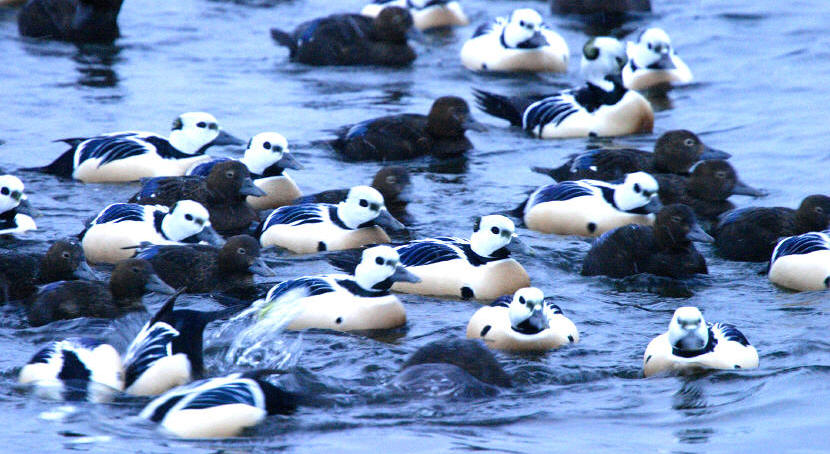
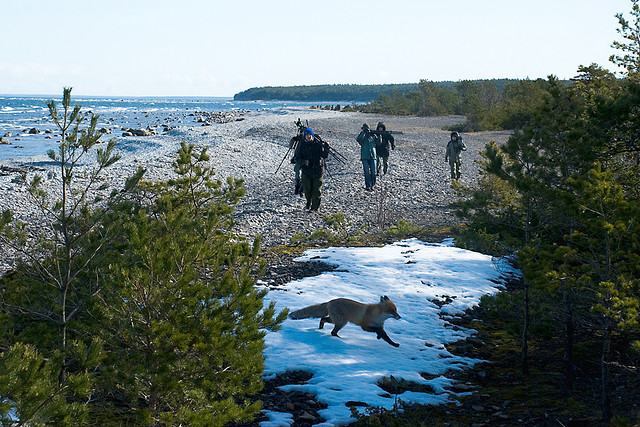
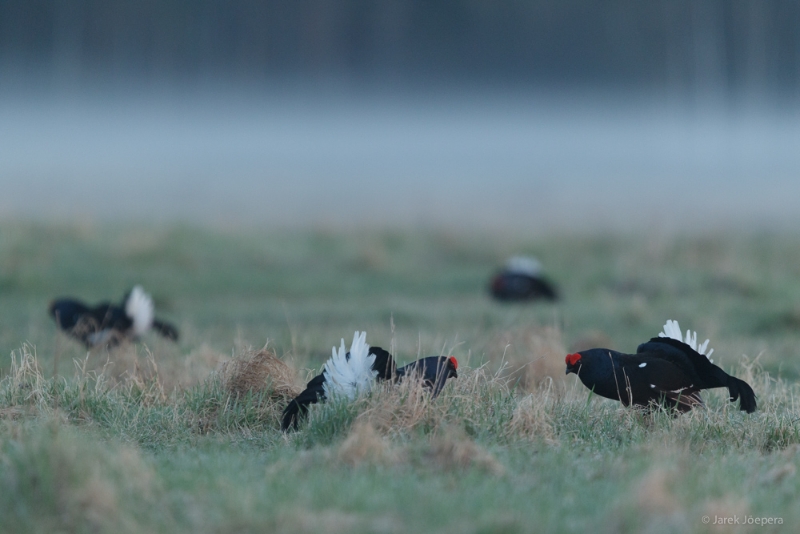
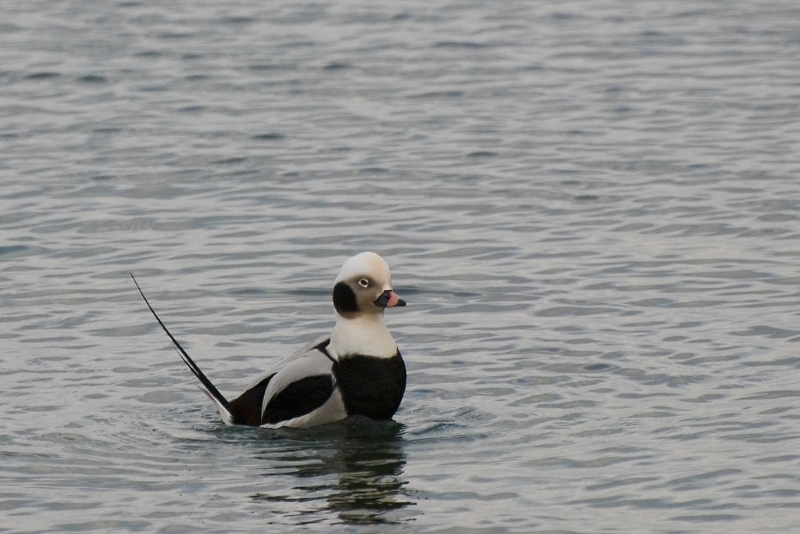
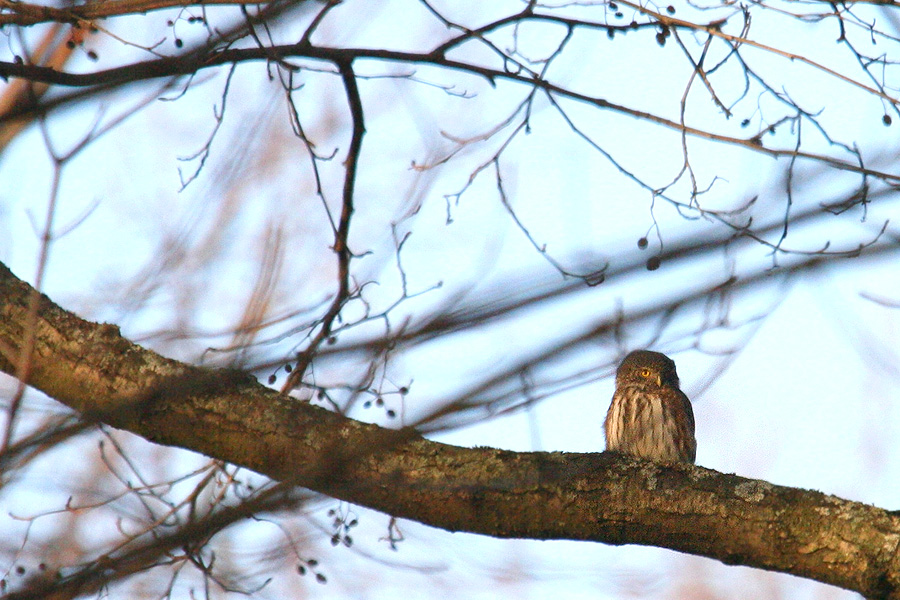
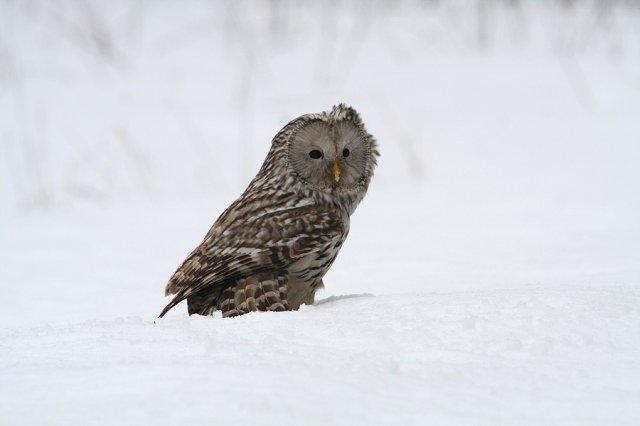
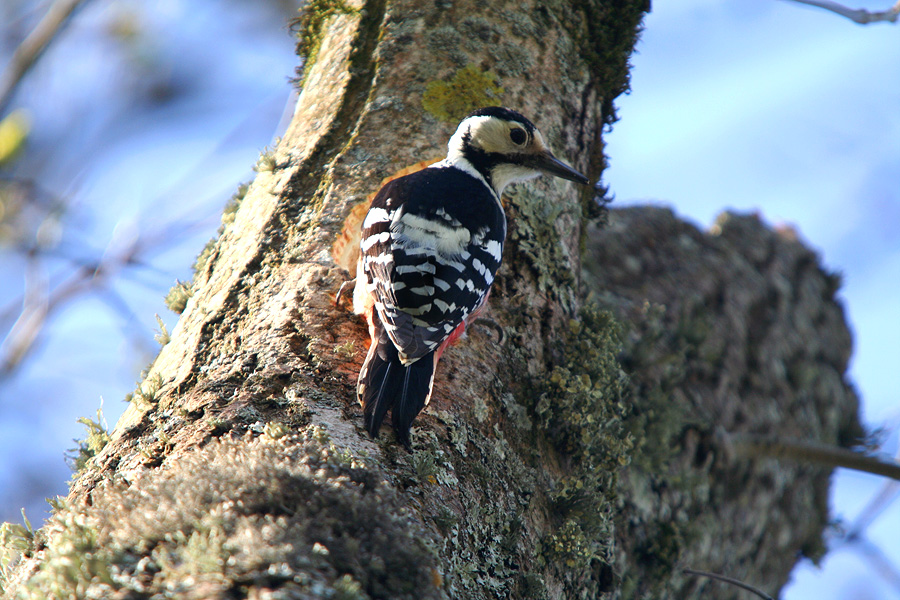


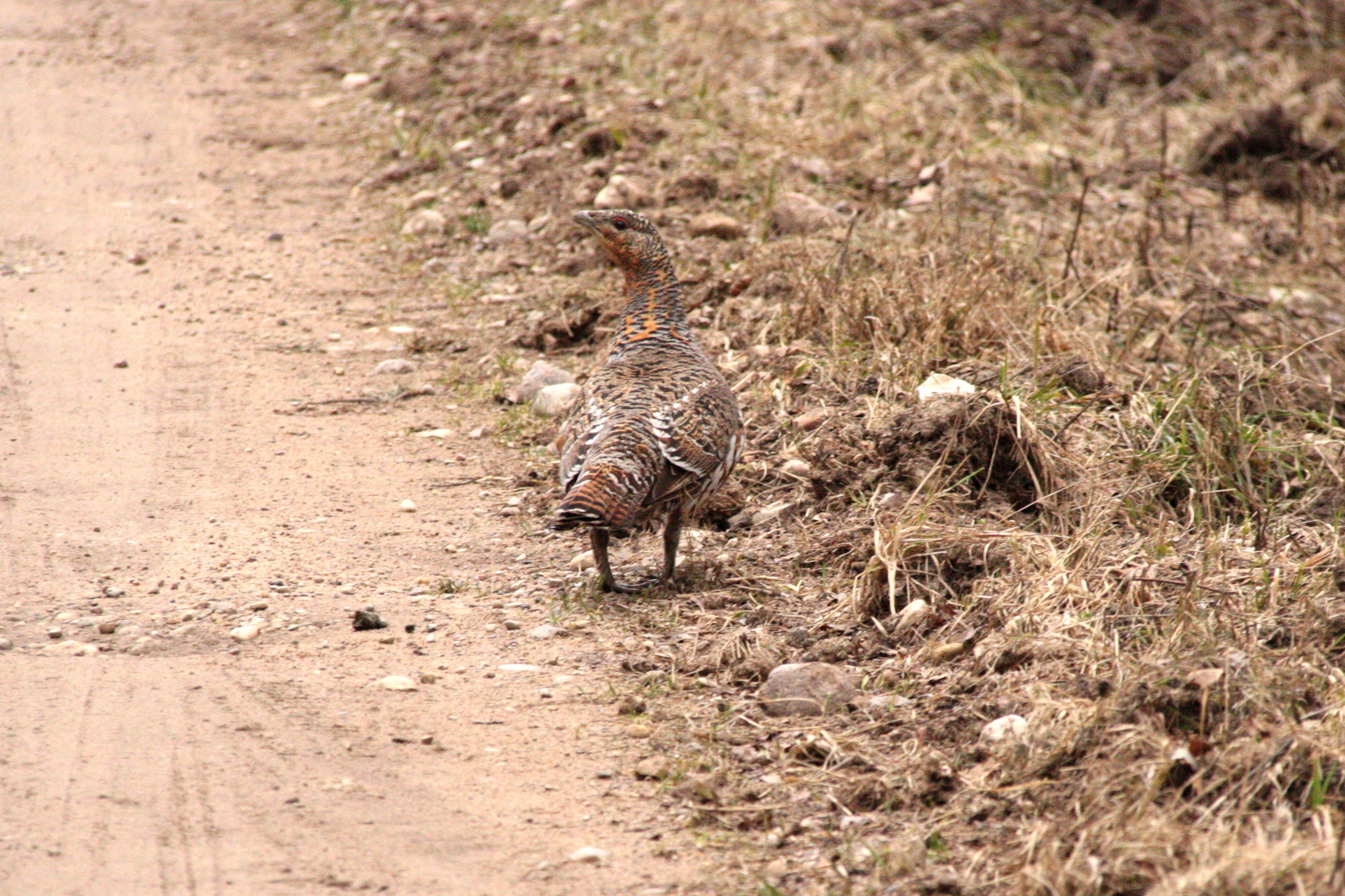
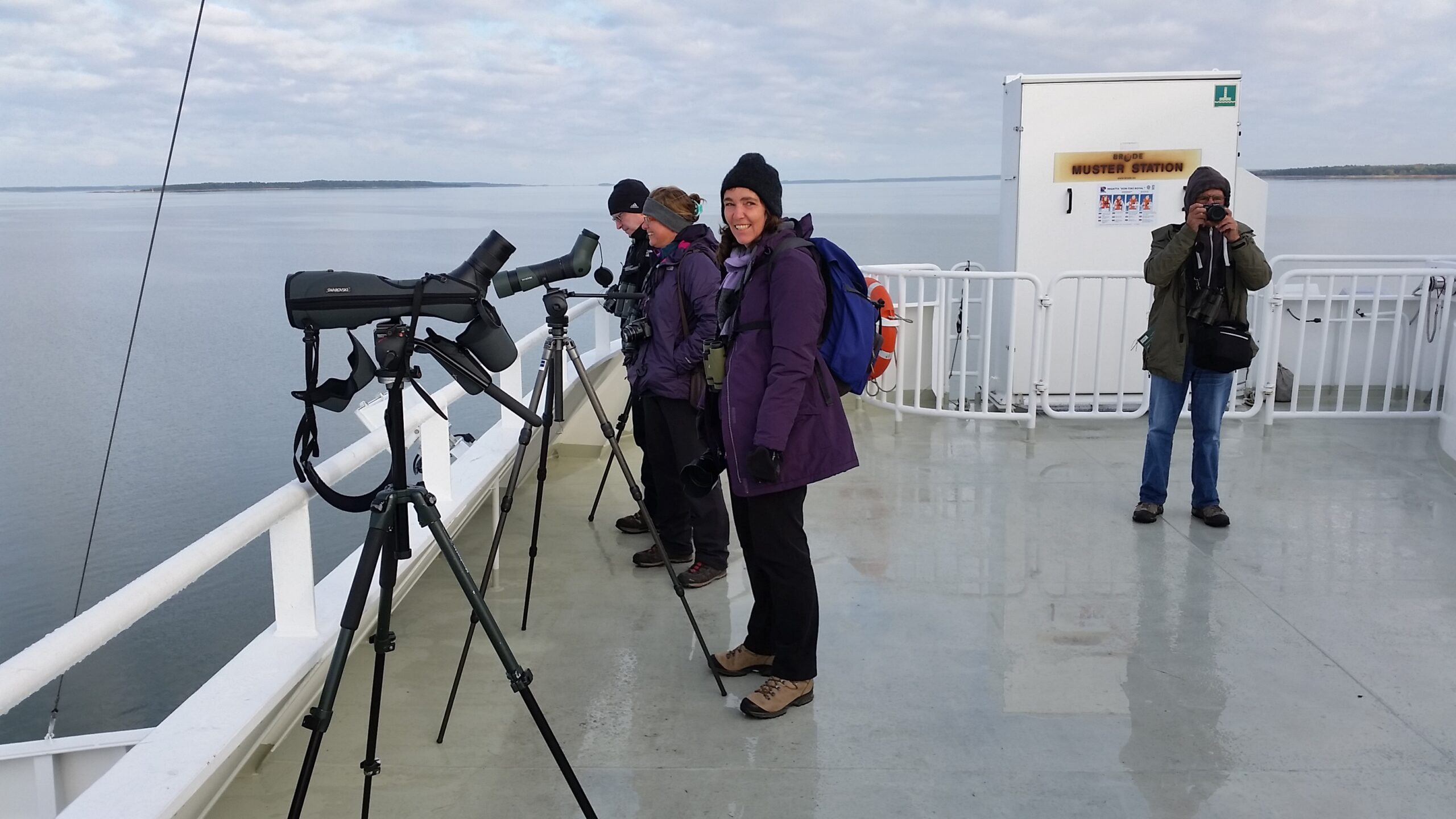
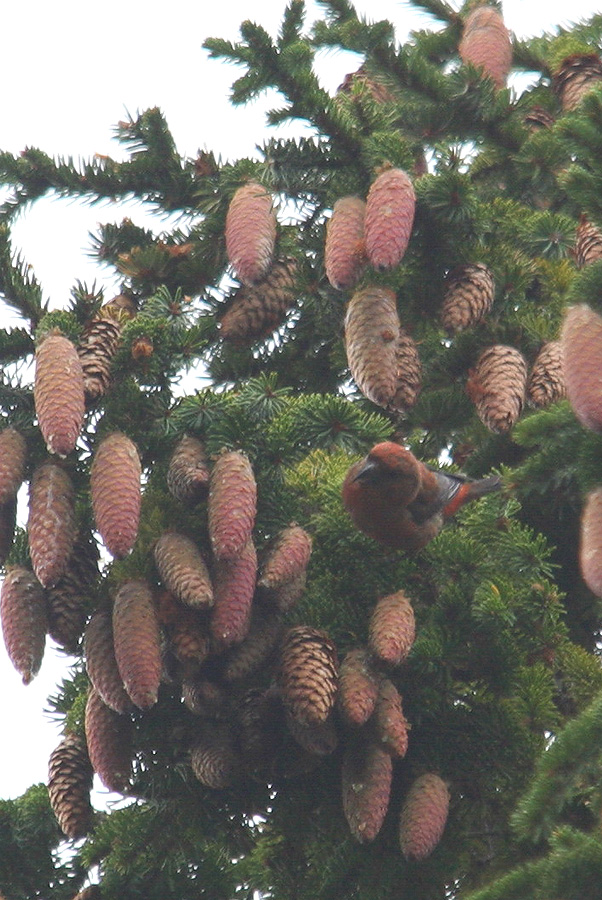
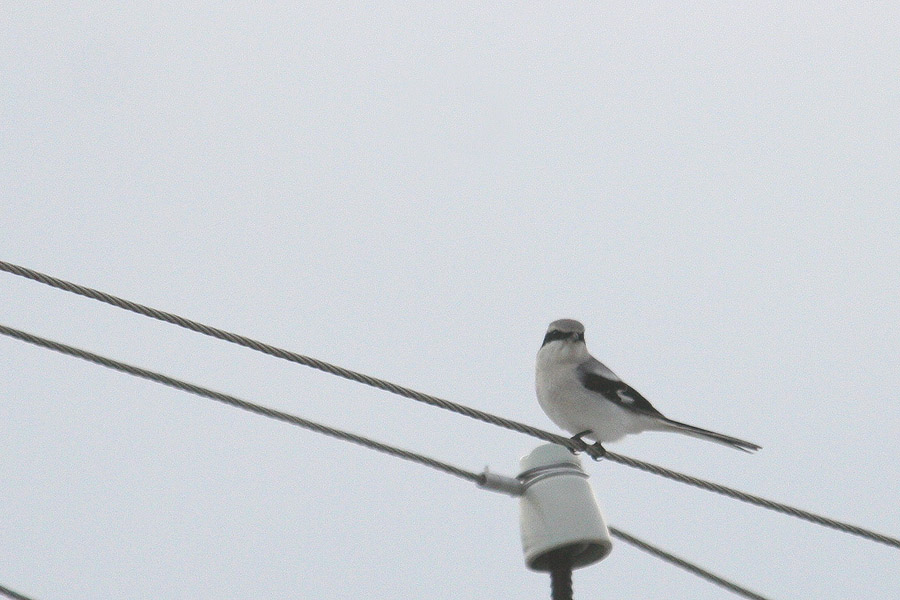

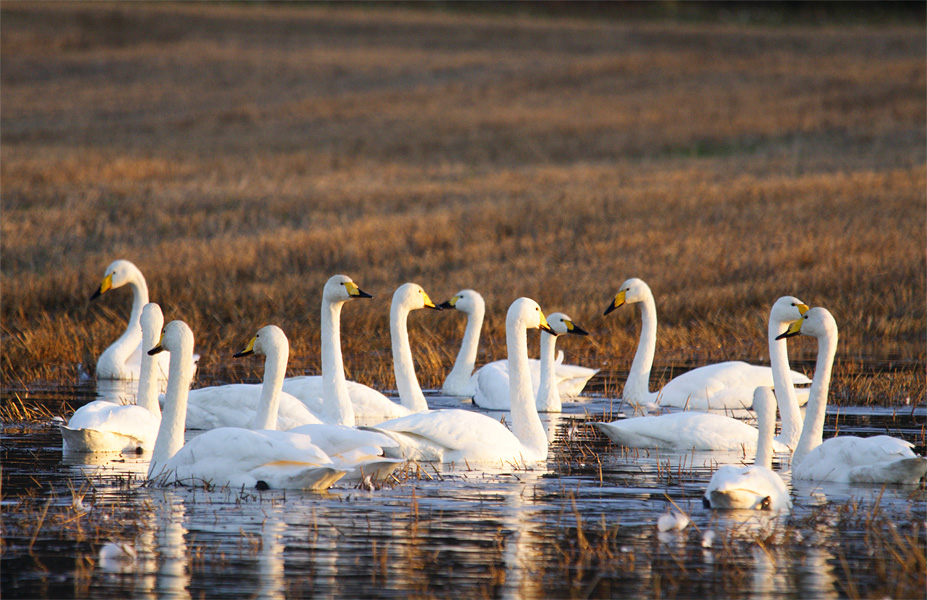
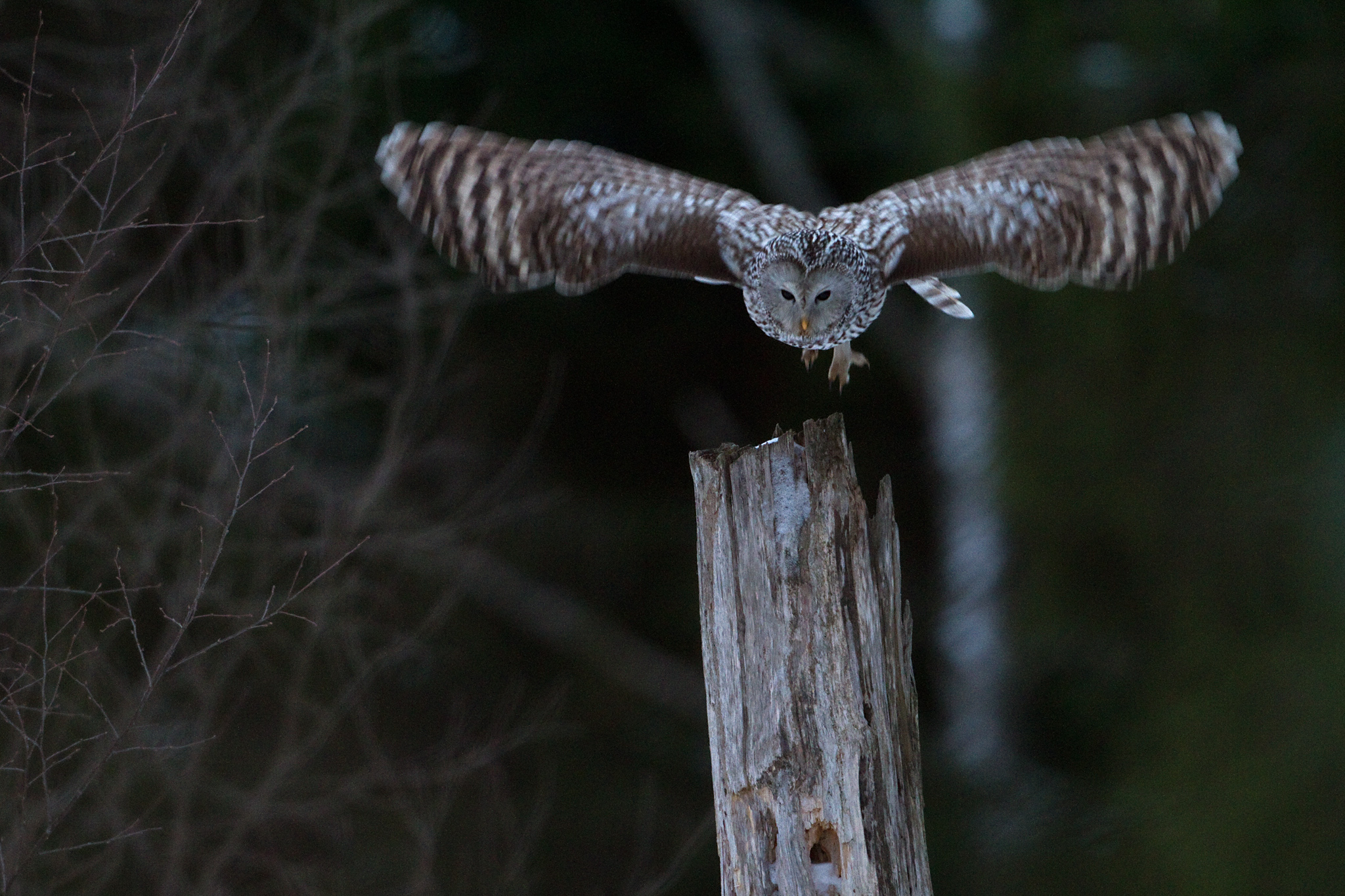
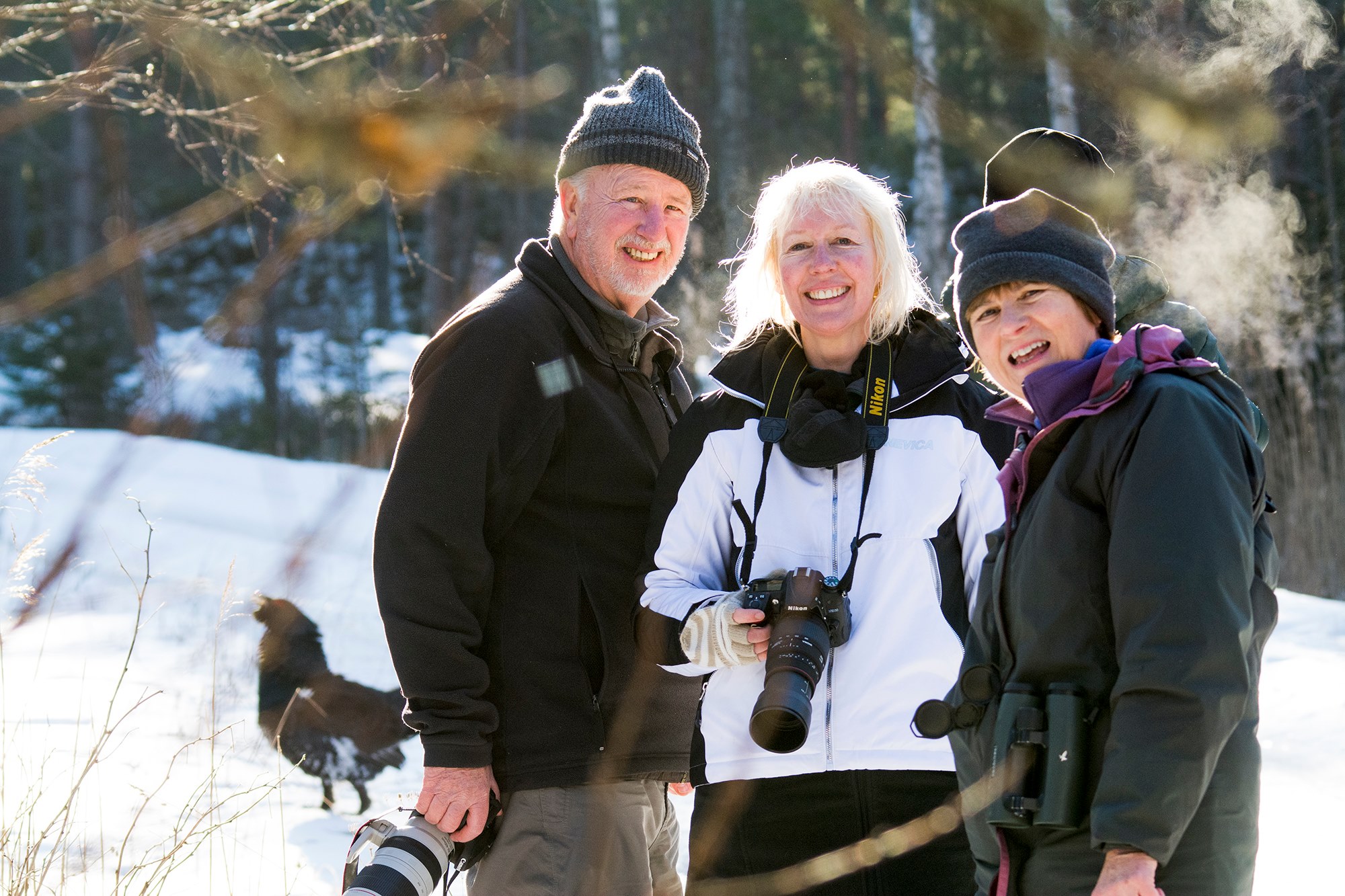

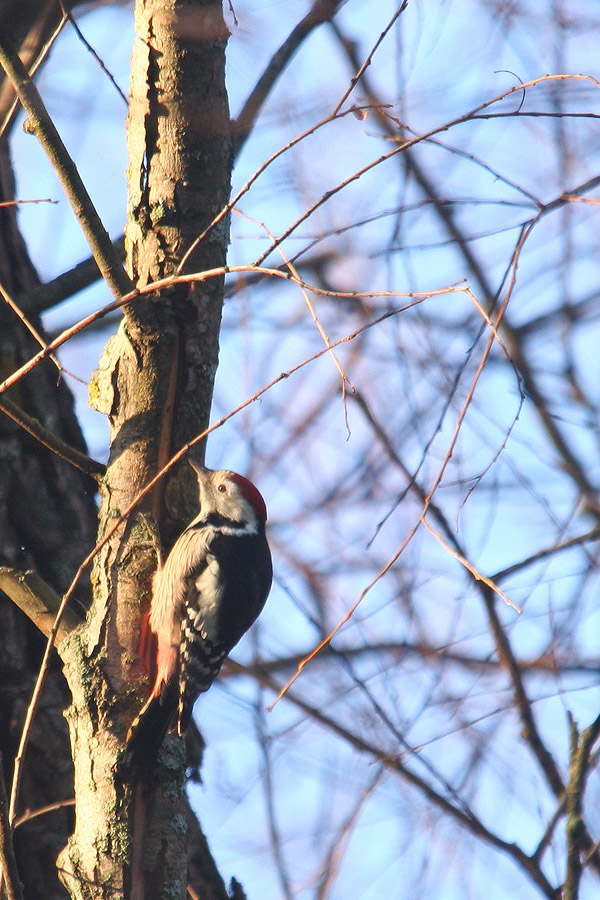
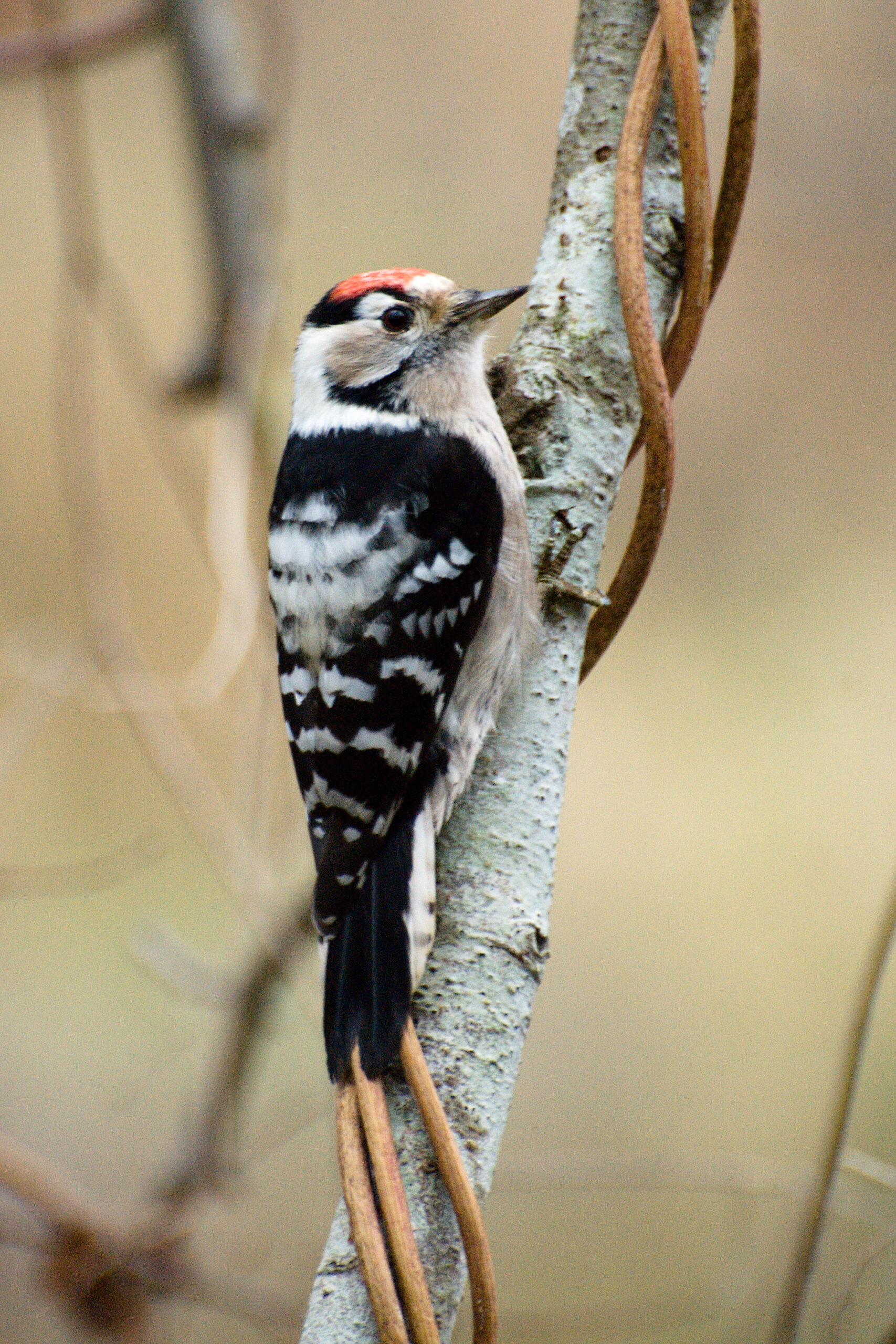
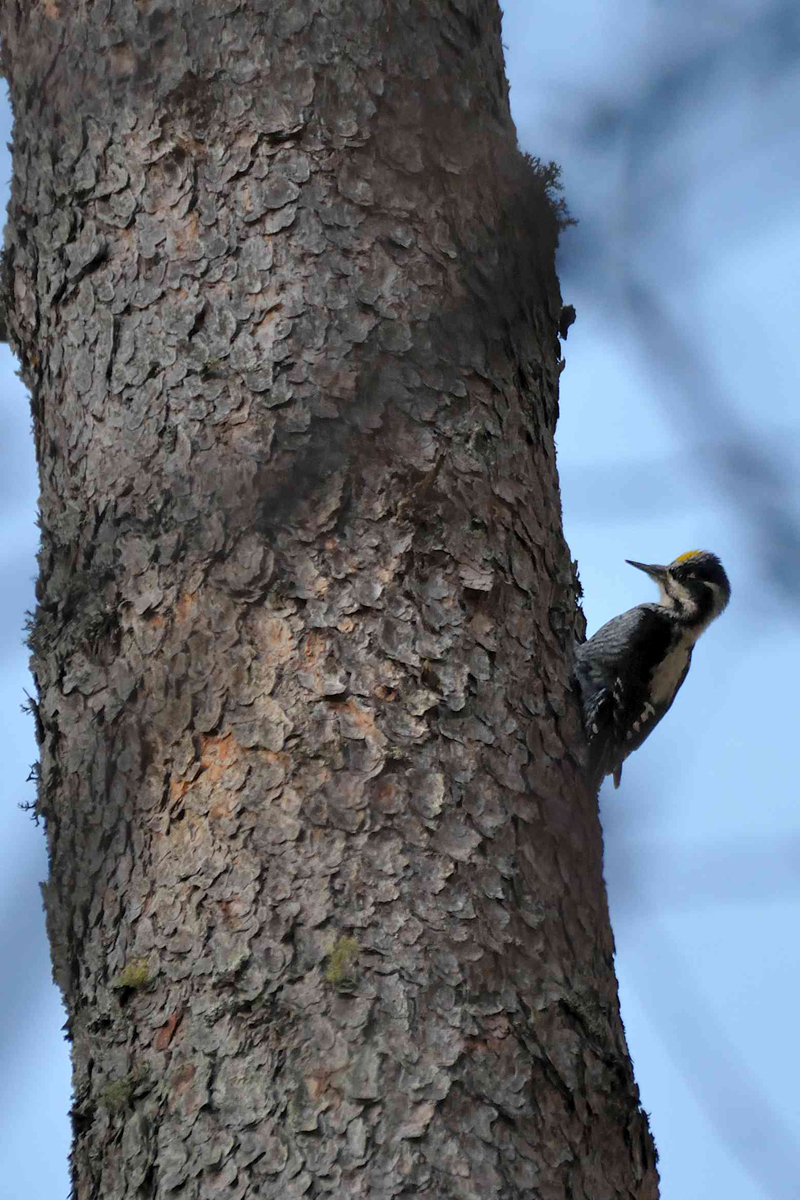
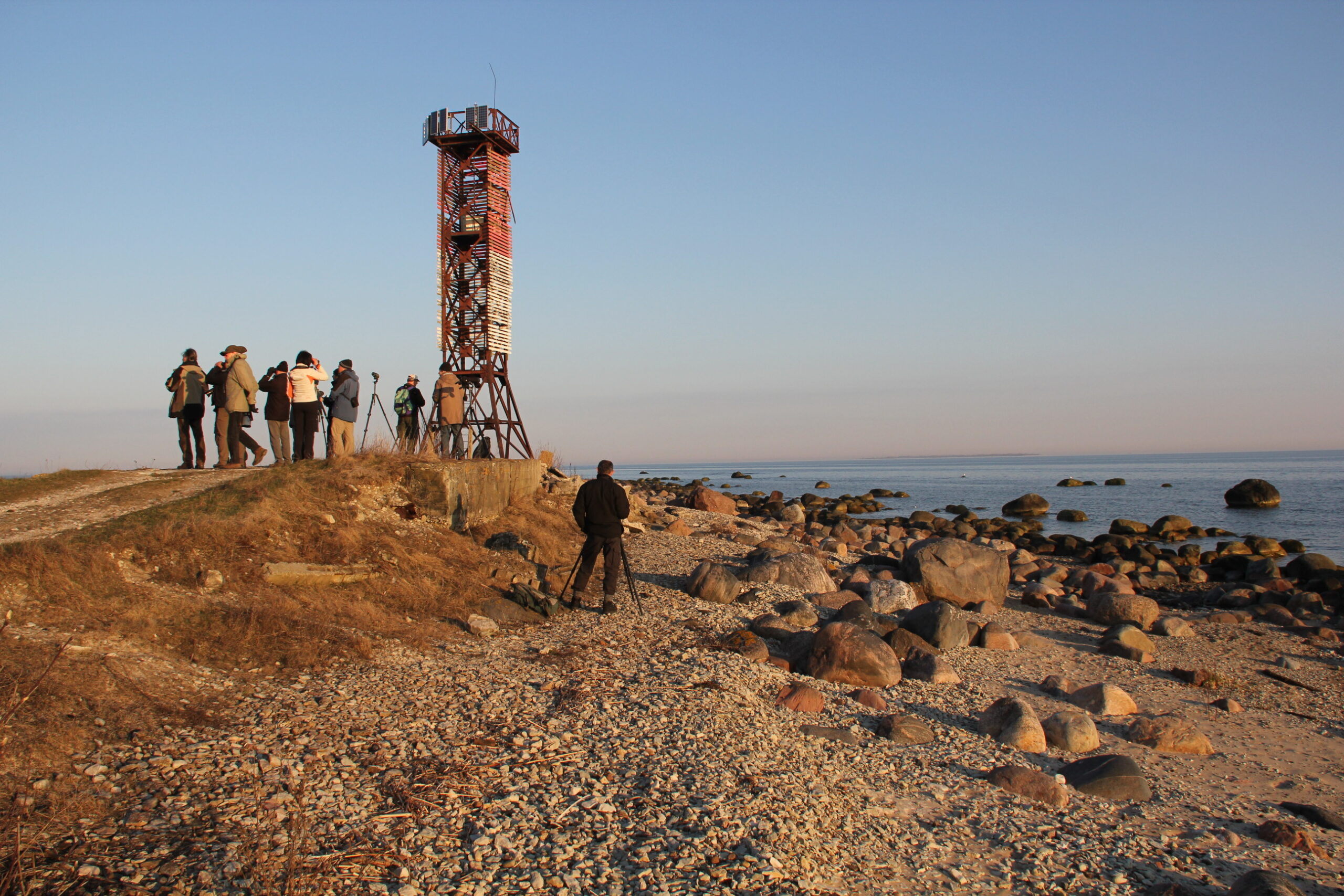
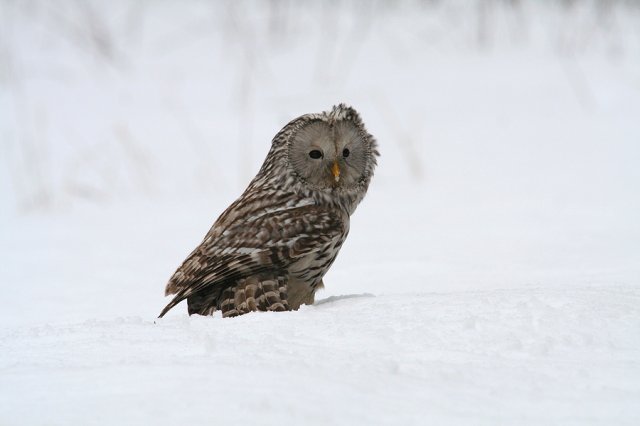
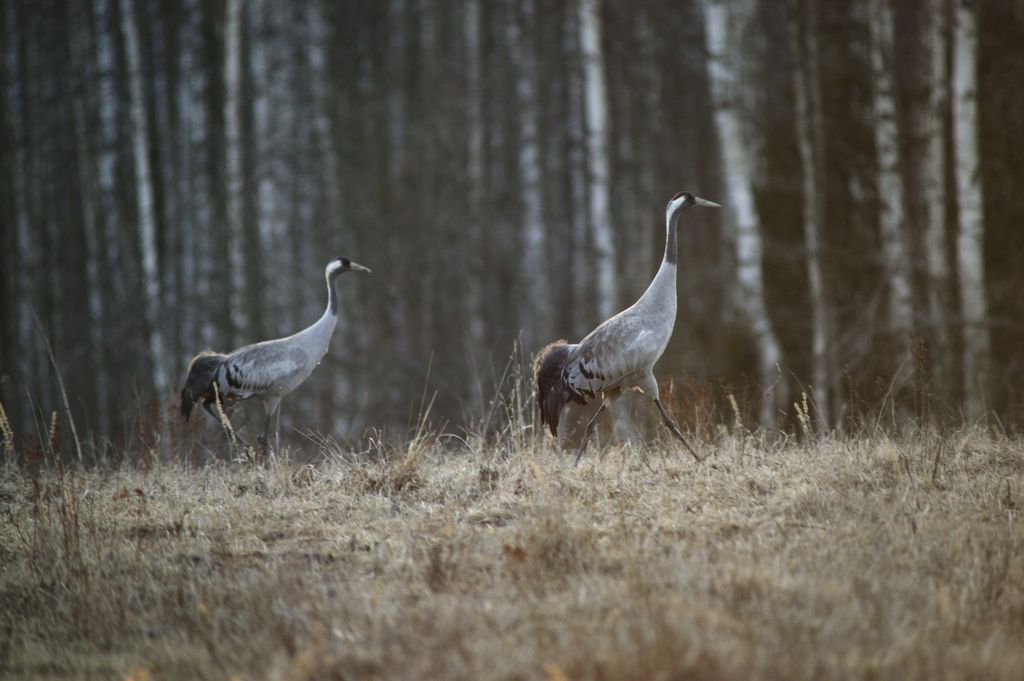
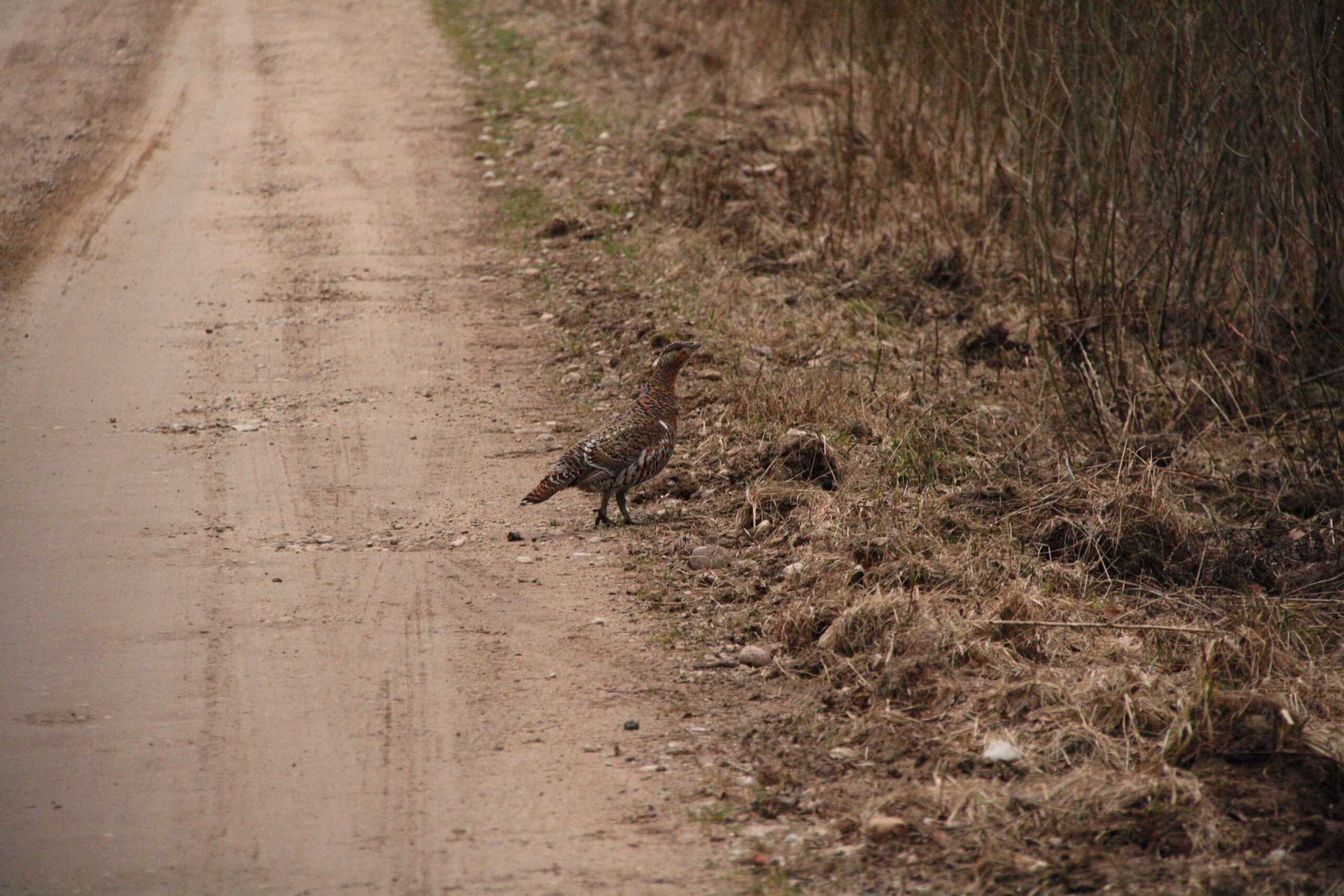
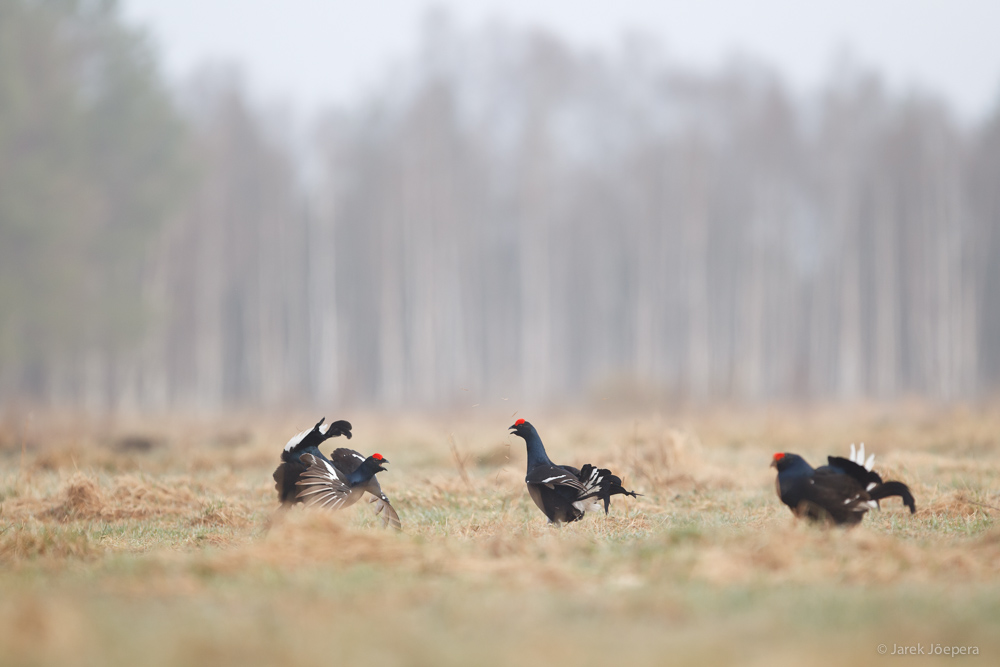



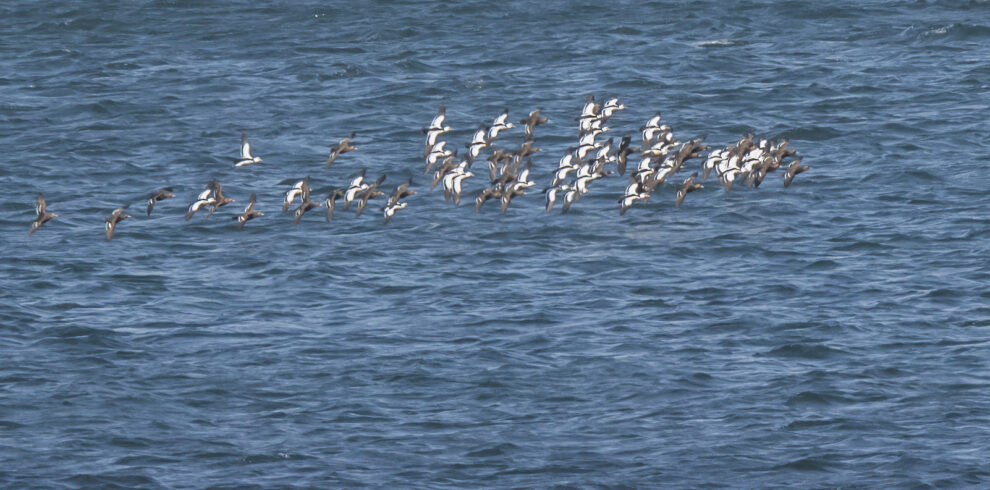
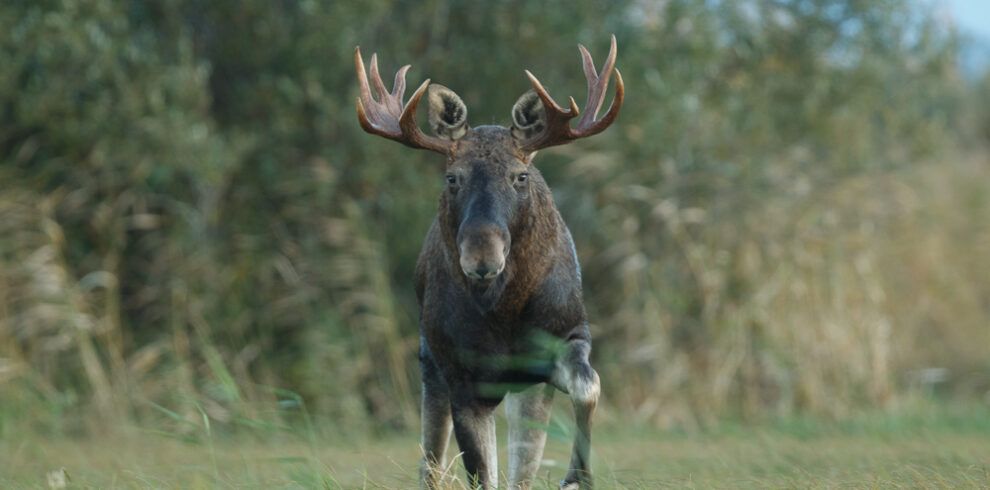
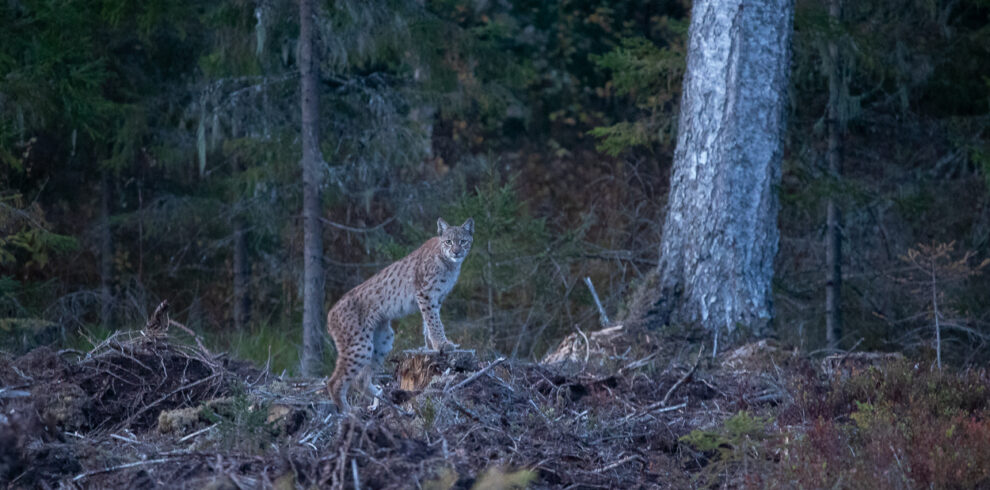

Write a Review